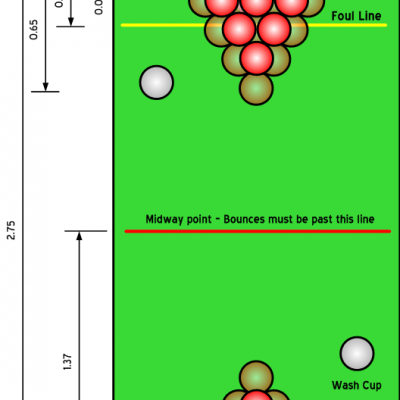In the vibrant world of online gaming, color prediction games have carved out a niche that attracts millions of players. These games, where participants predict the color of outcomes or choose colors based on various cues, might seem like simple fun at first glance. However, there's a fascinating psychological dance happening beneath the surface that influences how players interact with these games. Understanding this interplay between color and psychology can offer insights into why these games are so engaging and how they impact our decision-making processes.
The Power of Color Perception
Color perception is a powerful element in human psychology. Colors can evoke emotions, signal danger, influence moods, and even affect physical responses. For example, red is often associated with excitement or urgency, while blue tends to evoke calmness and tranquility. In the context of color prediction games, these associations can subtly guide players' choices and strategies.
- Emotional Influence: Colors can trigger emotional responses that influence decision-making. In a color prediction game, vibrant and intense colors might heighten excitement and risk-taking, while softer hues could lead to more cautious behavior. This emotional influence can shape how players make predictions and manage their bets.
- Cognitive Bias: Colors can also play a role in cognitive biases, such as the "halo effect," where the perception of one color influences the perception of subsequent choices. For instance, if a player associates a certain color with past success, they might be more likely to choose that color again, even if it’s statistically less favorable.
- Aesthetic Appeal: The design and aesthetics of the game interface, including the use of color, can impact players' enjoyment and engagement. A visually pleasing game with harmonious color schemes can make the experience more immersive and enjoyable, potentially affecting players' willingness to continue playing.
Strategic Use of Color in Game Design
Game developers often use color strategically to enhance gameplay and guide player behavior. Understanding these tactics can shed light on why certain games are more compelling than others.
- Color as a Cue: In many color prediction games, color is used as a cue to indicate probability or outcomes. For example, a game might use a color gradient to show how likely a particular outcome is. This use of color helps players make more informed decisions and adds a layer of strategy to the game.
- Color Coding: Color coding can simplify complex information and make it more accessible. By using different colors to represent various options or outcomes, developers can help players quickly grasp the game mechanics and make decisions more efficiently.
- Psychological Anchoring: Colors can anchor players’ expectations and perceptions. For example, if a particular color is frequently associated with winning outcomes, players might develop a bias towards that color. Game designers might use this to create patterns and expectations that drive engagement and keep players invested.
The Social Aspect of Color Prediction Games
Color prediction games often involve social interaction, whether through competitive play or cooperative strategies. The social dimension adds another layer of psychological complexity.
- Social Influence: Players' choices can be influenced by their peers. If a player notices that others are favoring a certain color, they might be swayed by social proof and make similar choices, even if their own analysis suggests otherwise.
- Identity and Personal Preference: Personal preferences and identity can also play a role. Some players might be drawn to colors they personally favor or that align with their personality traits. This personal connection to color can influence how they play the game and make predictions.
Conclusion
The psychology behind online color prediction games on win 101 login reveals a rich tapestry of emotional responses, cognitive biases, and strategic design elements. Colors are not just visual elements but powerful psychological tools that shape how we perceive, decide, and engage with games. By understanding the intricate relationship between color and psychology, players can gain deeper insights into their own behaviors and preferences, while game developers can refine their designs to create more engaging and enjoyable experiences. As these games continue to evolve, the interplay between color and psychology will remain a key factor in their enduring appeal and success.






































